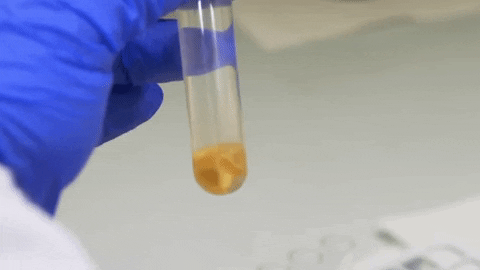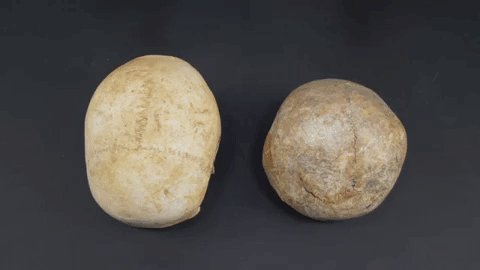The Study of Human Bones

The study of human bones is the most tangible source for understanding the lives and deaths of all past populations – elites in some cases, but also the vast majority of people who generally receive little attention in the written sources and are poorly represented in the general archaeological picture of the post-classical period.

Preparation for stable isotopes analysis at the Department of Geosciences, University of Padua
Analysis of Skeletons
Bone Pathology
Osteological Paradox
This means that skeletons with no signs of diseases on the bones were not necessarily in excellent health. This is known as the ‘osteological paradox’.
Living Conditions in Early Rome

Analysing skulls with non-specific lesions
Hypoplasia in Teeth

Teeth with signs of Hypoplasia
Infectious Diseases
Dental Calculus Research

Looking for clues in tartar
These elements in tartar can therefore give useful information for the reconstruction of the diet, environment and information on people’s lifestyle.
However, when analysing human skeletons, it is always important to understand aspects such as their social status – something that can only be deduced from their archaeological context and specifically the place where individuals were buried (for example, in a church or conversely an isolated cemetery in the countryside), the qualities of their tomb structures, or the grave-goods which accompanied them to the after-life.
Enlightening the Dark Ages: Early Medieval Archaeology in Italy

Enlightening the Dark Ages: Early Medieval Archaeology in Italy


Reach your personal and professional goals
Unlock access to hundreds of expert online courses and degrees from top universities and educators to gain accredited qualifications and professional CV-building certificates.
Join over 18 million learners to launch, switch or build upon your career, all at your own pace, across a wide range of topic areas.
Register to receive updates
-
Create an account to receive our newsletter, course recommendations and promotions.
Register for free







